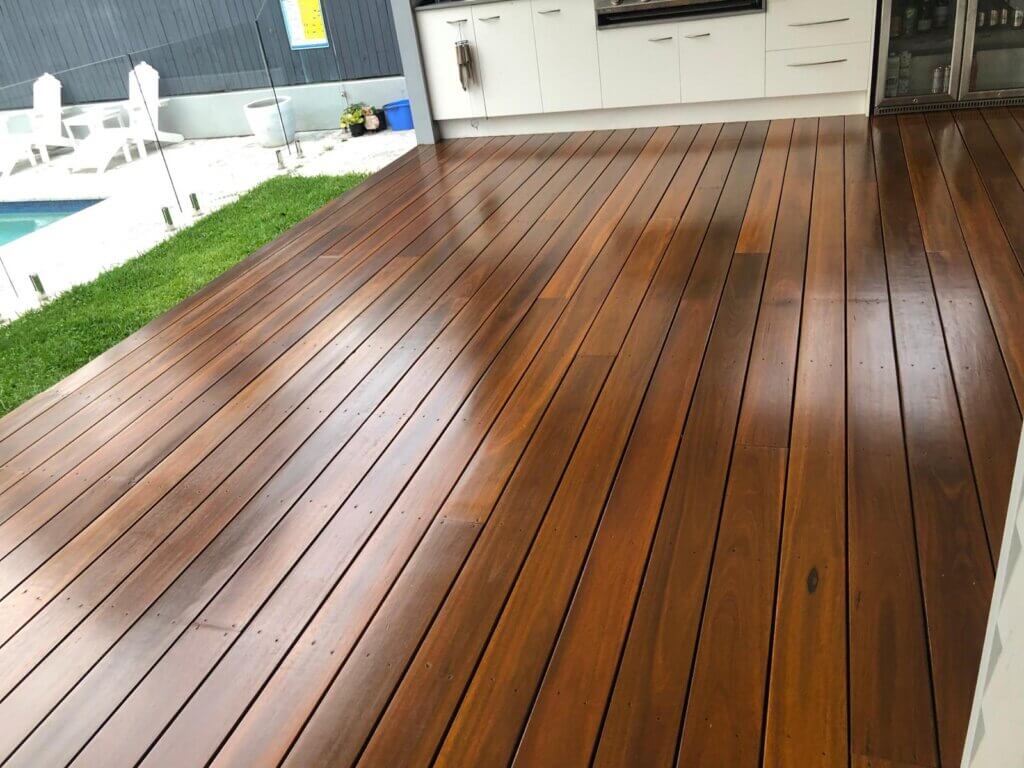Controlling the moisture content of the timber floors is essential for its structural integrity. Controlling the moisture content of the timber floors is essential for its structural integrity. Changes in humidity levels cause the expansion or contraction of wood- leading to cupping, buckling, etc. These changes are sometimes reversible through sanding or buffing.
Floor Problems Caused By Changes In Humidity Levels
The common problems that arise due to humidity level fluctuations are:
Cupping: Where timber planks are raised from the edges while the center portion remains the same. This condition occurs due to wood expansion when it absorbs more moisture from the air.
Buckling: Where the center portion is raised and the edges of the planks remain the same. This phenomenon occurs due to leaking pipes, lack of ventilation, sewage problems, etc.
Cracking and Gapping: Where moisture loss causes drying of the timber- gapping and cracking occur. When timber is exposed to sunlight for a certain period, it undergoes a process where it splits and forms cracks that extend along the length of the plank.
The problems stated above can be reversed at the initial stage through sanding. However, damages at high levels require plank replacement.
Strategies To Control Humidity Levels In Timber Floors
Adopting some simple techniques is promising to control the moisture content of the room. Here are the steps that you can take to control the humidity levels of your timber floors:
- Acclimate the wood
When installing a new floor, keep the planks for a day in the same room before installation. It helps the wood to acclimate to the environment of the room.
- Use a humidifier
A humidifier is a must-have for people having timber floors. It will regulate the moisture levels of the room-maintaining a constant internal environment. Furthermore, maintain the temperature of the room using an air conditioner.
- Fix the underground leaking pipes.
Issues in plumbing require immediate fixing. Floorboards absorb the water leaking through the pipes, causing cupping and buckling.
- Ensure proper ventilation
A properly ventilated room allows smooth airflow. The excess moisture from the floor will evaporate through the air. Likewise, subfloor ventilation is also necessary to avoid mold growth and infestation.
- Regular maintenance
Floor care at regular intervals increases the longevity of timbers. Sanding annually is the key to a seamless timber floor. Coating the floor with a waterproof finish acts as a protection barrier against moisture. Avoid wet mopping the floor- clean the accidental spills with a dry mop at once so water does not seep through the floor.
- Use moisture barriers in sub-floors
Moisture barriers like Bitumen act as a water barrier and prevent the water from reaching from the ground towards the top floor. Subfloor rotting is hard to repair and requires the replacement of the affected floorboards.
When To Call A Professional?
Every type of hardwood floor requires periodic re-sanding and polishing. Seasonal changes and fluctuating humidity levels can badly affect the hardwood floors. Common issues of cupping, buckling, and splitting in floorboards require a professional approach. Budget Floor Sanding has your back for all timber floor-related issues. A professional service provider for sanding and polishing saves hustle and waste of money.
Budget Floor Sanding is always at your service to give the best advice and a free quote. Our expert team is available 24/7.
Call us now for any queries at 0418 882 678

